
Deutsch-Chinesische Enzyklopädie, 德汉百科
 Extremadura
Extremadura
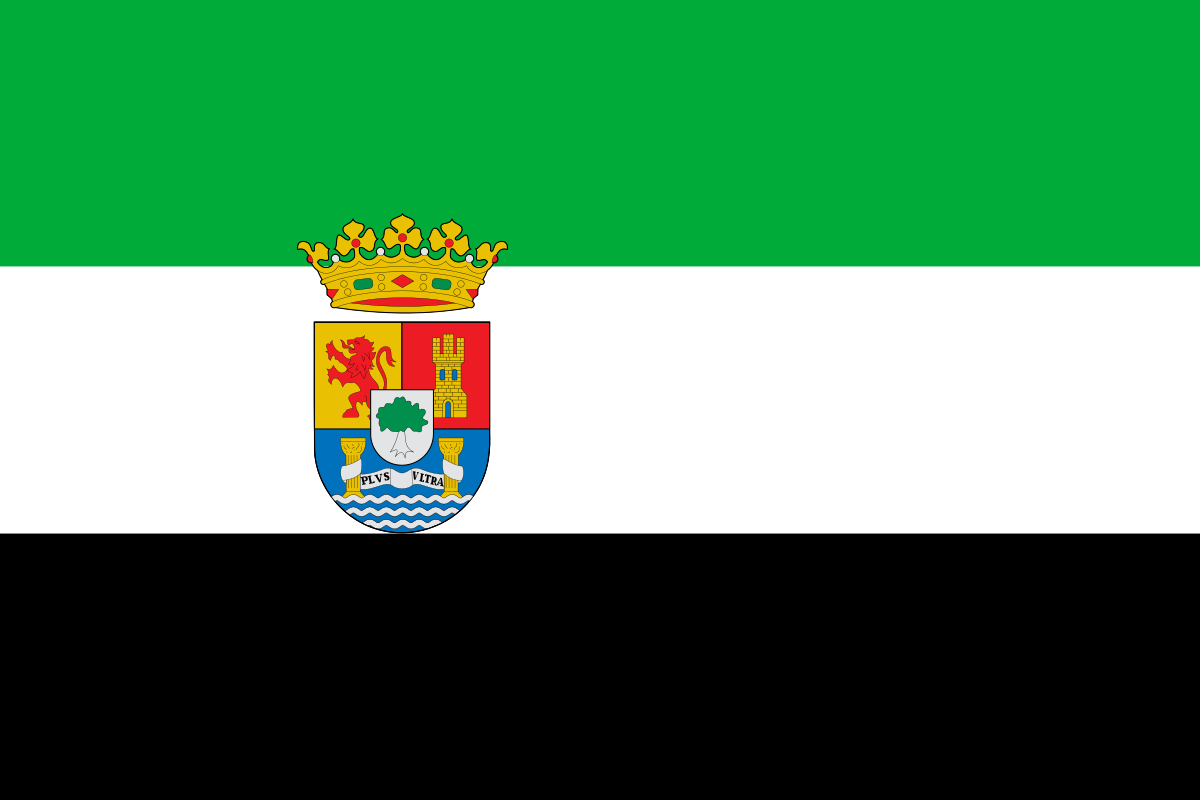

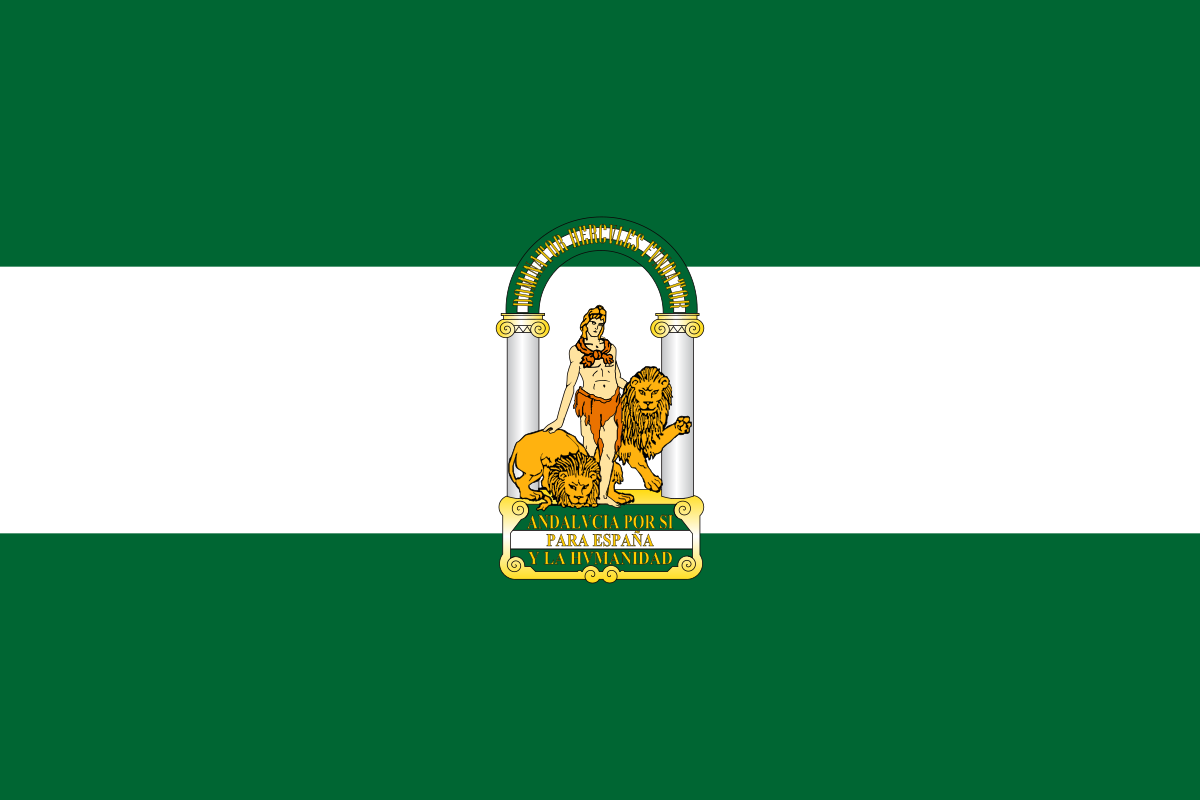 Andalusia
Andalusia

 Aragón
Aragón

 Asturias
Asturias

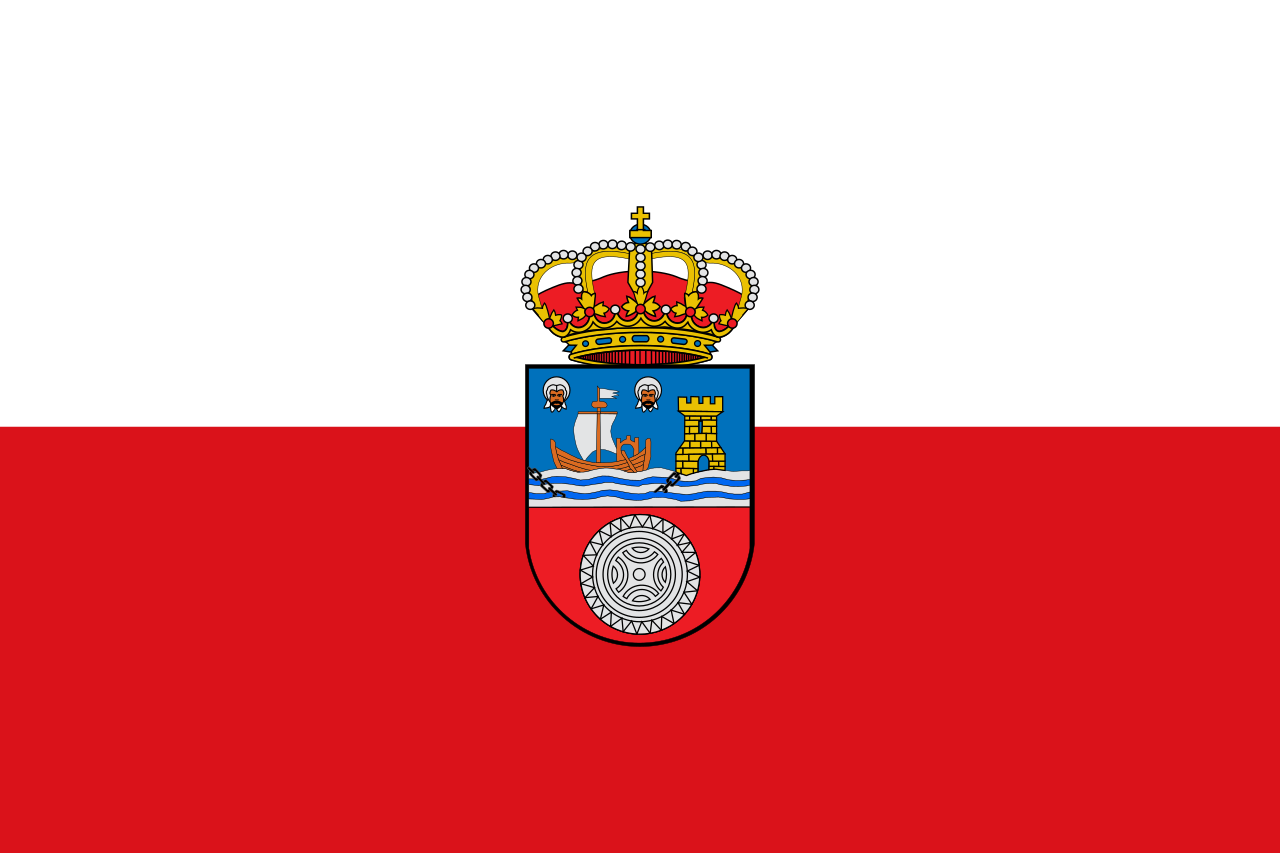 Cantabria
Cantabria

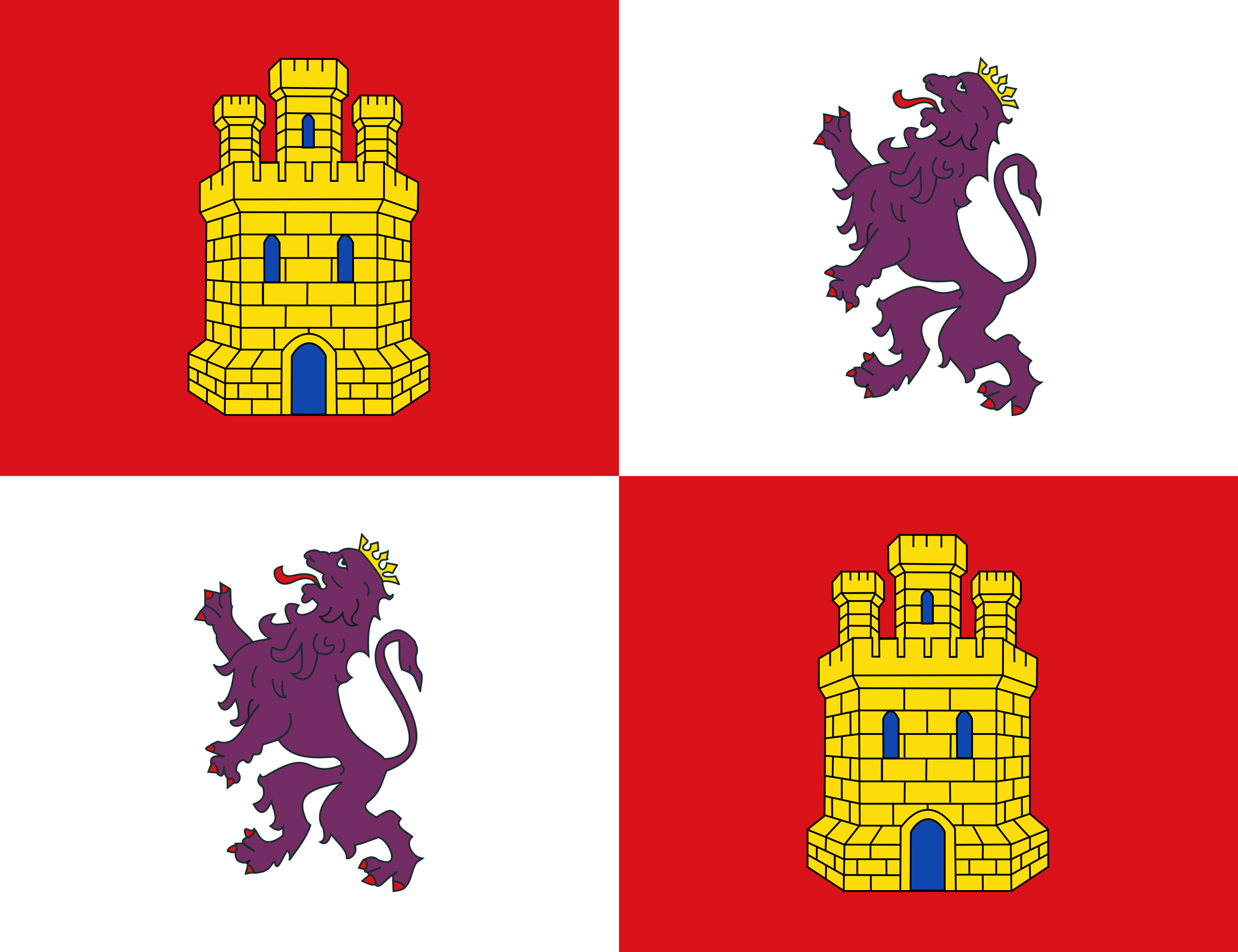 Castilla y León
Castilla y León

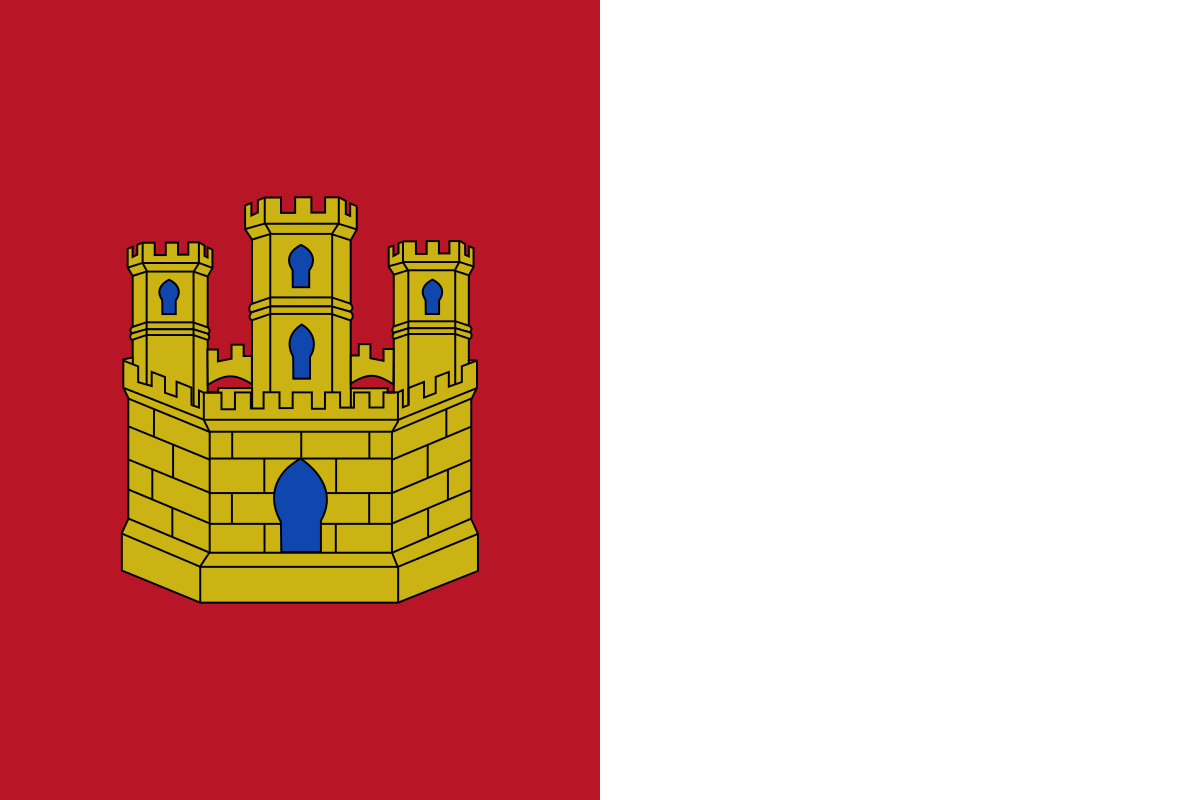 Castilla-La Mancha
Castilla-La Mancha

 Cataluña
Cataluña

 Comunidad Autónoma del País Vasco
Comunidad Autónoma del País Vasco

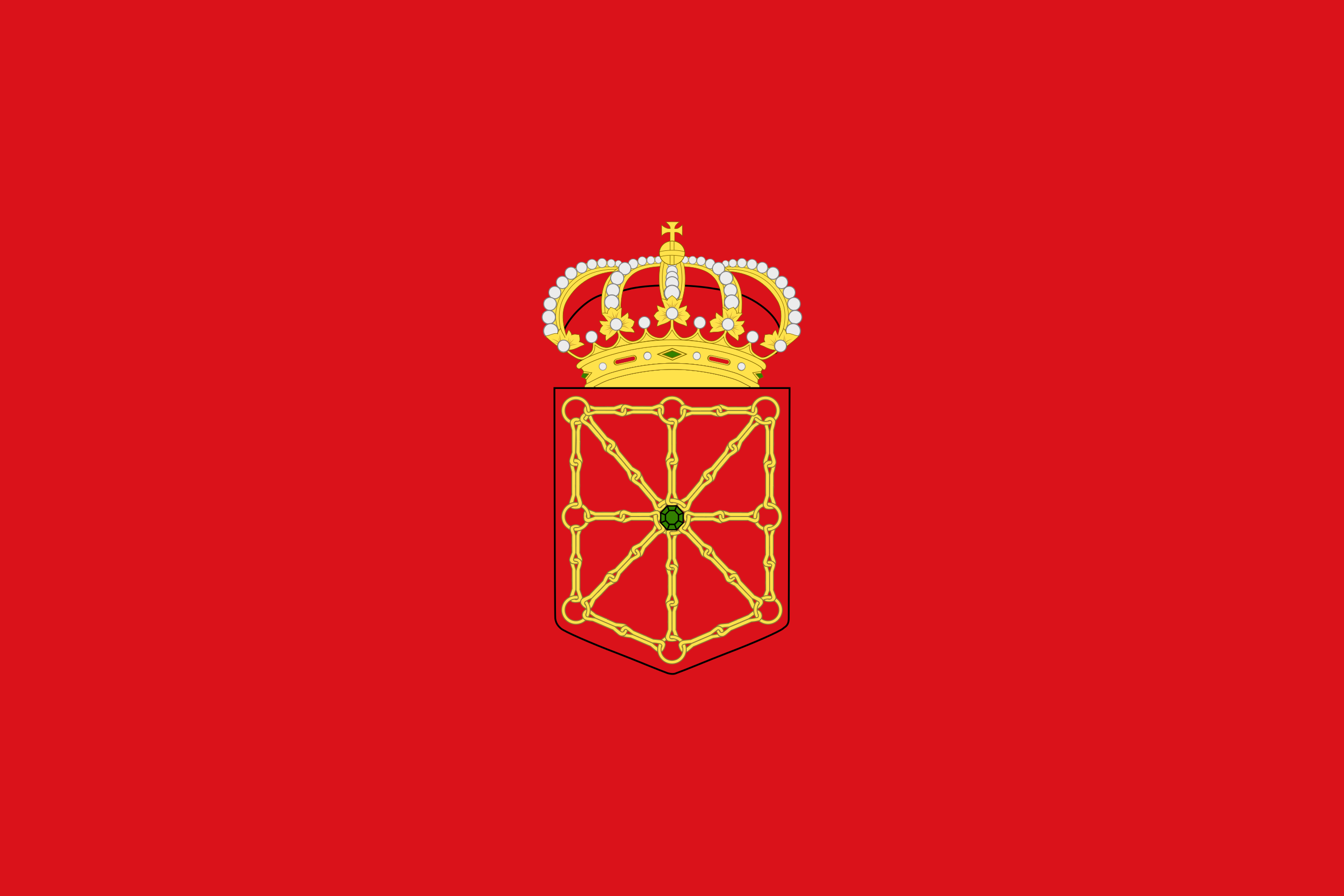 Foral Community of Navarra
Foral Community of Navarra

 Valencian Community
Valencian Community

 Extremadura
Extremadura

 Galicia
Galicia

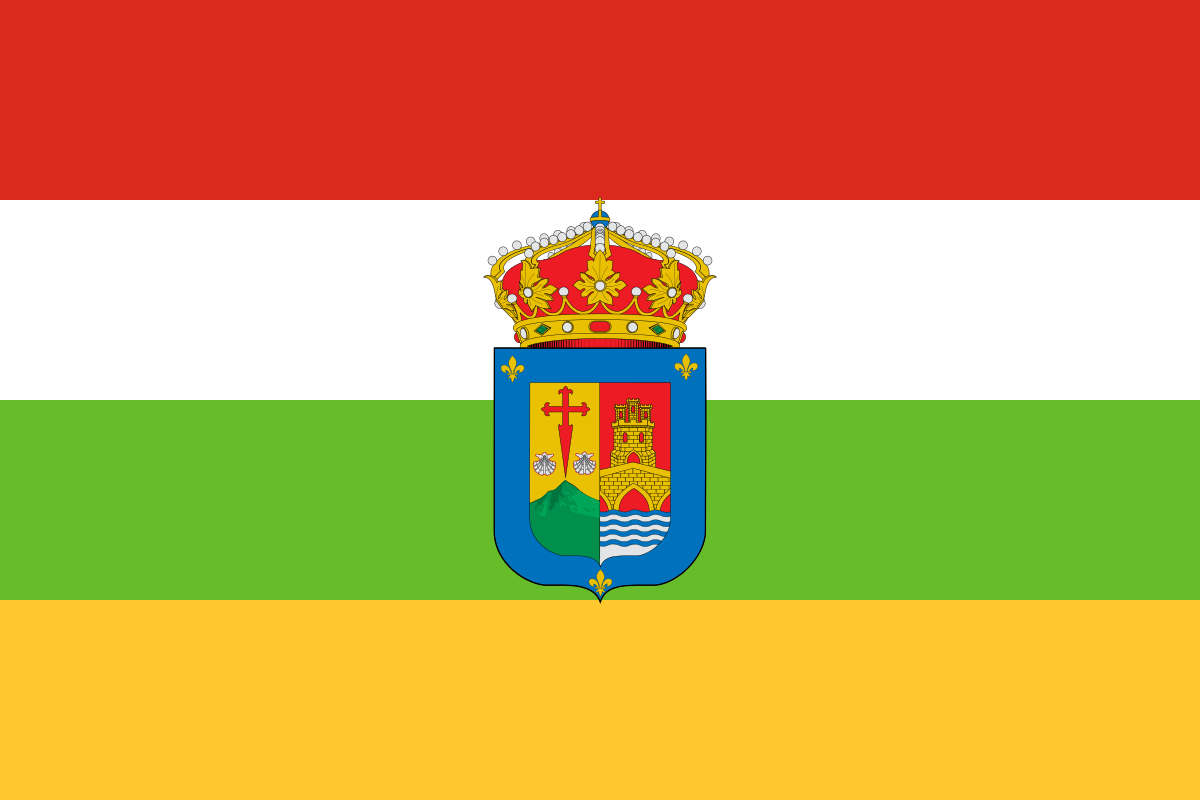 La Rioja
La Rioja

 Madrid
Madrid

 Murcia
Murcia
 Spain
Spain
 High speed train technology
High speed train technology
 Rad-Schiene-System
Rad-Schiene-System
 High speed train technology
High speed train technology
 Central drive
Central drive

 Transport and traffic
Transport and traffic
 High speed traffic
High speed traffic

 Transport and traffic
Transport and traffic
 High speed train technology
High speed train technology





 Energy resource
Energy resource

 Energy resource
Energy resource
 *Electrical power
*Electrical power

 Energy resource
Energy resource
 Solar power plants
Solar power plants
 Erneuerbare Energie
Erneuerbare Energie
 Solar energy
Solar energy

 Extremadura
Extremadura
 Spain
Spain
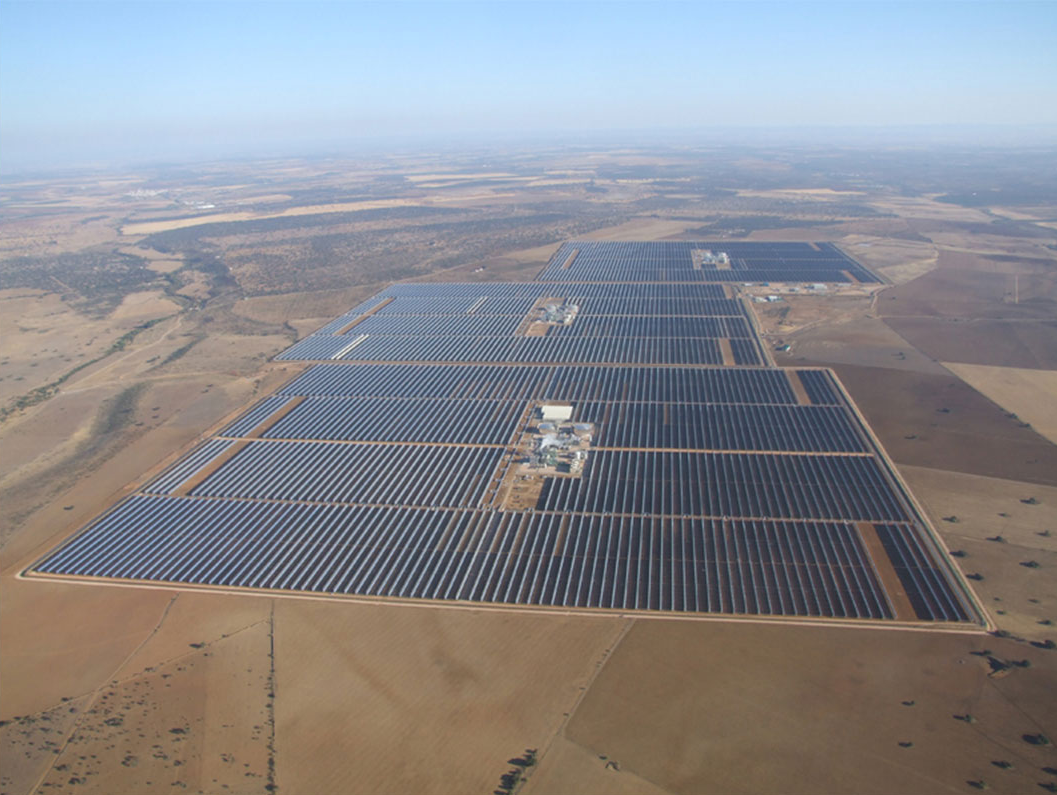





 Extremadura
Extremadura

 History
History
 I 500 - 0 BC
I 500 - 0 BC

 Music
Music
 I 500 - 0 BC
I 500 - 0 BC

 Music
Music
 Music Hall, State Theater, Opera House
Music Hall, State Theater, Opera House
 Spain
Spain

 World Heritage
World Heritage

梅里达罗马剧场是一座由古罗马在其奥古斯达埃梅里达殖民地(位于今天西班牙的梅里达)建造的古代剧场。该剧场的建造由玛尔库斯·维普撒尼乌斯·阿格里帕执政官推动,而根据建筑中铭刻的日期,该剧场是在公元前16-15年落成的。据1964年主持修复该剧场的建筑师 José Menéndez-Pidal 言,[1]“(此剧场)是埃梅里达所有古迹中最主要的建筑”。而在1993年,该剧场作为梅里达考古集合的一部分成为了世界遗产。
Das glanzvolle monumentale Römische Theater in Mérida ist das am besten erhaltene seiner Art in Europa und dient nach seiner Wiederherstellung als Bühne für Schauspiele und Recitals. Zuschauer aus aller Welt lassen sich Jahr für Jahr von den klassischen Werken verzaubern, die im originalen Rahmen dieses architektonischen Kleinods aus dem 1. Jh. v.Chr. aufgeführt werden. Hunderttausende Touristen strömen jedes Jahr in die zum Welterbe erklärte Stadt, dessen Mittelpunkt das Theater bildet.
Einer Aufführung in diesem unvergleichlichen Rahmen beizuwohnen, den das Theater von Mérida bietet, ist ein einzigartiges und unvergessliches Erlebnis. Der Berghang, an den sich die halbrunde Zuschauertribüne für ursprünglich 6 000 Zuschauer anschmiegt, schafft eine Akustik, die selbst noch den leisesten Ton der Redner verstärkt. Im Zentrum steht die eindrucksvolle, mit korinthischen Marmorsäulen geschmückte Bühne, die als eine der schönsten und grandiosesten des gesamten Römischen Reichs angesehen wird.
Seit der Wiederherstellung des lange Jahre zerstörten und mit Erde bedeckten Bühnenraums in den ersten Jahrzehnten des 20. Jahrhunderts beherbergen die tausendjährigen Steine des Theaters Schauspiele, Ballettaufführungen und andere künstlerische Darbietungen. Das seit 1933 jeden Sommer stattfindende Festival für Klassisches Theater ist ein bedeutendes Kulturereignis, das dem Besucher - einer Zeitreise gleich - gestattet, das Erbe Griechenlands und Roms in seinem ursprünglichen Rahmen zu genießen. Das spektakuläre Festival hat sich zu einer Veranstaltung von internationalem Rang entwickelt.
Eine Stadt voller Baudenkmäler
Direkt neben dem Theater befindet sich das Amphitheater und ganz in der Nähe der Zirkus. Diese eindrucksvollen Bauwerke zur Freizeitgestaltung sind Teil der befestigten römischen Kolonie, deren einstmals vollständig Stadtgefüge selbstverständlich auch über Straßen, Bögen, Foren und Wohnhäuser wie das Mithräum sowie schöne Tempel wie den Dianatempel verfügten. Abgesehen von den Brücken über die Flüsse Guadiana und Albarregas, an denen die Stadt liegt, erbauten die Römer auch den Aquädukt Los Milagros und die beiden Stauseen Proserpina und Cornalvo im gleichnamigen Naturpark.
The Roman Theatre of Mérida is a construction promoted by the consul Vipsanius Agrippa in the Roman city of Emerita Augusta, capital of Lusitania (current Mérida, Spain). It was constructed in the years 16 to 15 BCE.
The theater has undergone several renovations, notably at the end of the 1st century or early 2nd century CE (possibly during the reign of Emperor Trajan), when the current facade of the scaenae frons was erected, and another in the time of Constantine I (between 330 and 340) which introduced new decorative-architectural elements and a walkway around the monument. Following the theatre's abandonment in Late Antiquity, it was slowly covered with earth, with only the upper tiers of seats (summa cavea) remaining visible. In local folklore the site was referred to as "The Seven Chairs", where, according to tradition, several Moorish kings sat to decide the fate of the city.
Il Teatro romano di Mérida è uno storico teatro della città spagnola di Mérida, in Estremadura (Spagna meridionale), costruito nel 15-16 a.C.[1][2][3] per volere di Marco Vipsanio Agrippa[1][2]. Tra i teatri romani meglio conservati al mondo[4] e considerato il teatro romano meglio conservato in Europa[5], è annoverato - unitamento al contiguo anfiteatro romano - dall'Unesco nel patrimonio dell'umanità[5].
È tuttora utilizzato per rappresentazioni classiche, in particolare durante il Festival de Teatro Clásico che si svolge ogni estate dal 1933[4][5] ed è visitato da circa 100.000 turisti l'anno[5].
El teatro romano de Mérida es un teatro histórico levantado por la Antigua Roma en la colonia Augusta Emerita, actual Mérida (España). Su creación fue promovida por el cónsul Marco Vipsanio Agripa y, según una fecha inscrita en el propio teatro, su inauguración se produjo hacia los años 16-15 a. C. «Príncipe entre los monumentos emeritenses», como lo denominó el arquitecto José Menéndez-Pidal,1 el teatro es Patrimonio de la Humanidad desde 1993 como parte del conjunto arqueológico de Mérida.
El teatro ha sufrido varias remodelaciones, la más importante durante el siglo I d. C., cuando se levantó el frente escénico actual, y otra en época de Constantino I, entre los años 333 y 337. El teatro fue abandonado en el siglo IV d. C. tras la oficialización en el Imperio romano de la religión cristiana, que consideraba inmorales las representaciones teatrales. Demolido parcialmente y cubierto de tierra, durante siglos la única parte visible del edificio fueron las gradas superiores, bautizadas por los emeritenses como «Las Siete Sillas». Las excavaciones arqueológicas en el teatro comenzaron en 1910 y su reconstrucción parcial en 1962. Desde 1933 alberga la celebración del Festival Internacional de Teatro Clásico de Mérida.

 Andalusia
Andalusia

 Aragón
Aragón

 Asturias
Asturias

 Cantabria
Cantabria

 Castilla y León
Castilla y León

 Castilla-La Mancha
Castilla-La Mancha

 Cataluña
Cataluña

 Comunidad Autónoma del País Vasco
Comunidad Autónoma del País Vasco

 Foral Community of Navarra
Foral Community of Navarra

 Valencian Community
Valencian Community

 Extremadura
Extremadura

 Galicia
Galicia

 La Rioja
La Rioja

 Madrid
Madrid

 Murcia
Murcia
 Spain
Spain
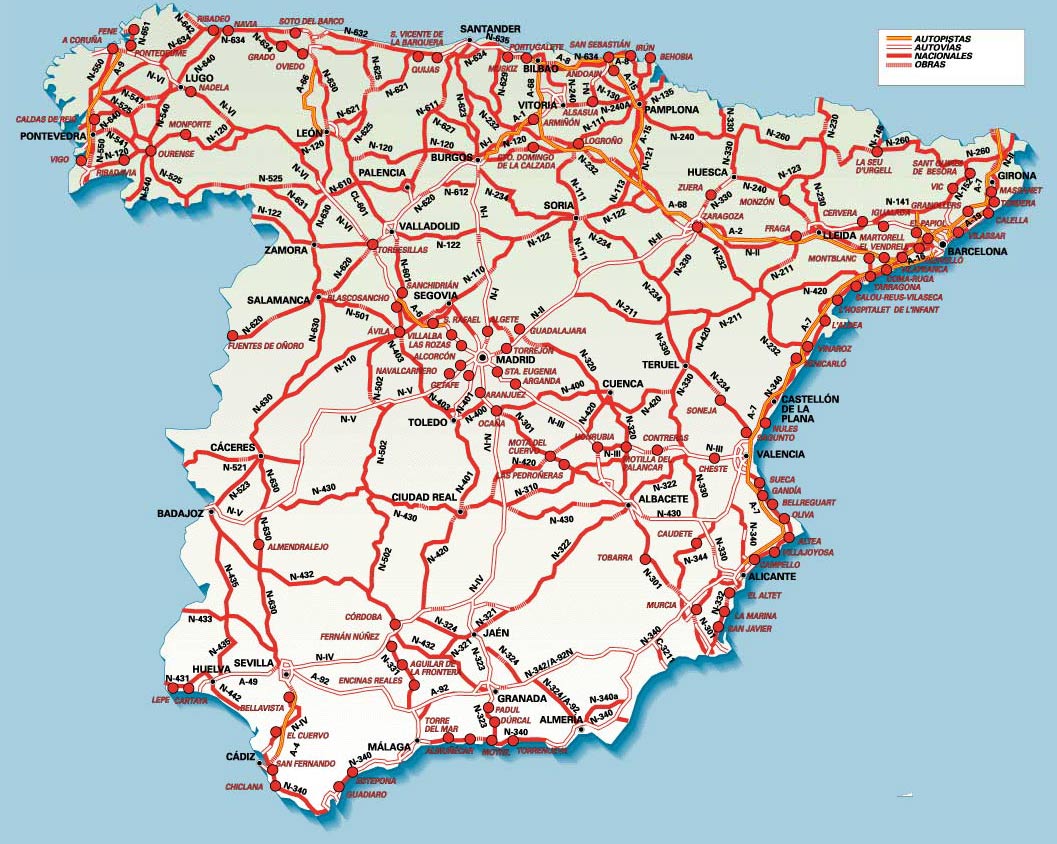

 Andalusia
Andalusia

 Aragón
Aragón

 Asturias
Asturias

 Cantabria
Cantabria

 Castilla y León
Castilla y León

 Castilla-La Mancha
Castilla-La Mancha

 Cataluña
Cataluña

 Comunidad Autónoma del País Vasco
Comunidad Autónoma del País Vasco

 Foral Community of Navarra
Foral Community of Navarra

 Valencian Community
Valencian Community

 Extremadura
Extremadura

 Galicia
Galicia

 Balearic Islands
Balearic Islands

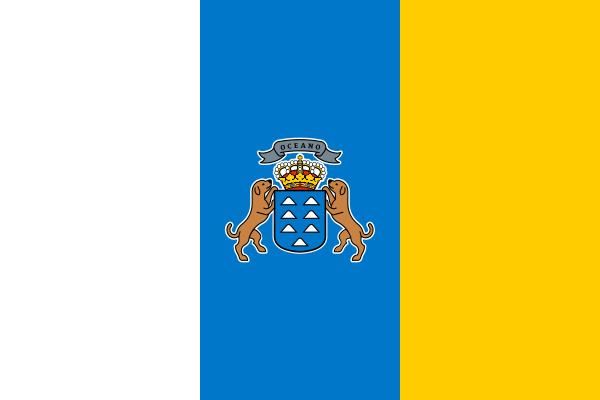 Canary Islands
Canary Islands

 La Rioja
La Rioja

 Madrid
Madrid

 Murcia
Murcia
 Spain
Spain
 UCI World Tour
UCI World Tour
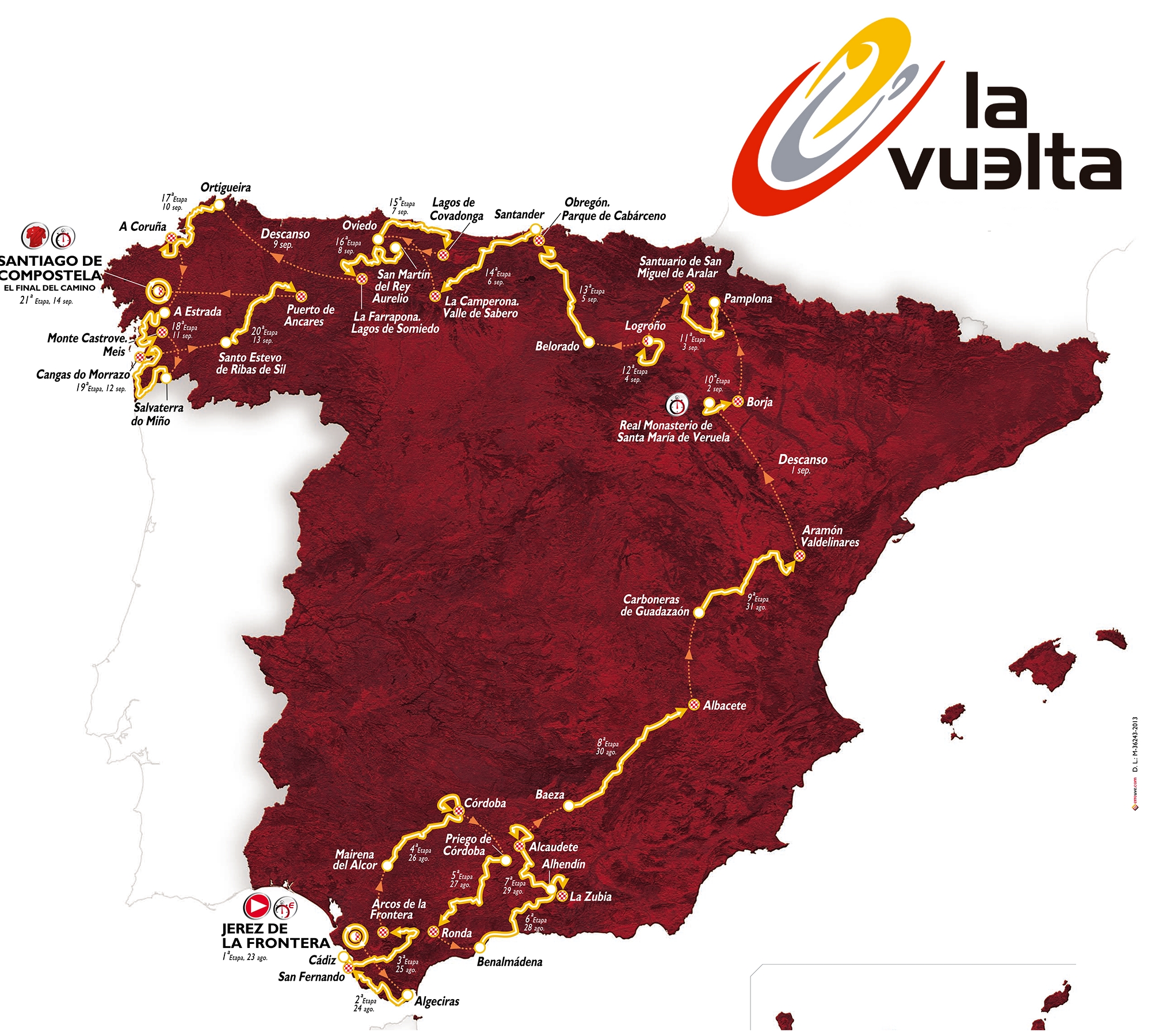

 International cities
International cities
 Geography
Geography
 Architecture
Architecture
 Eat and Drink
Eat and Drink
 Sport
Sport